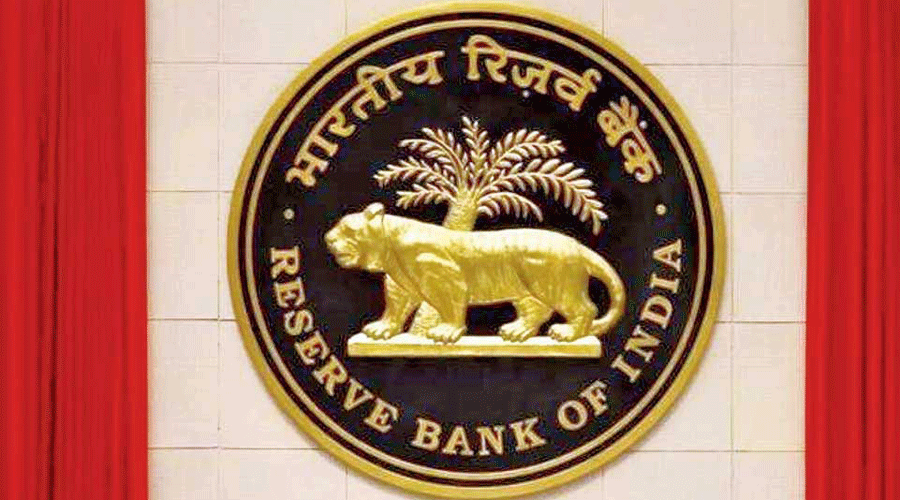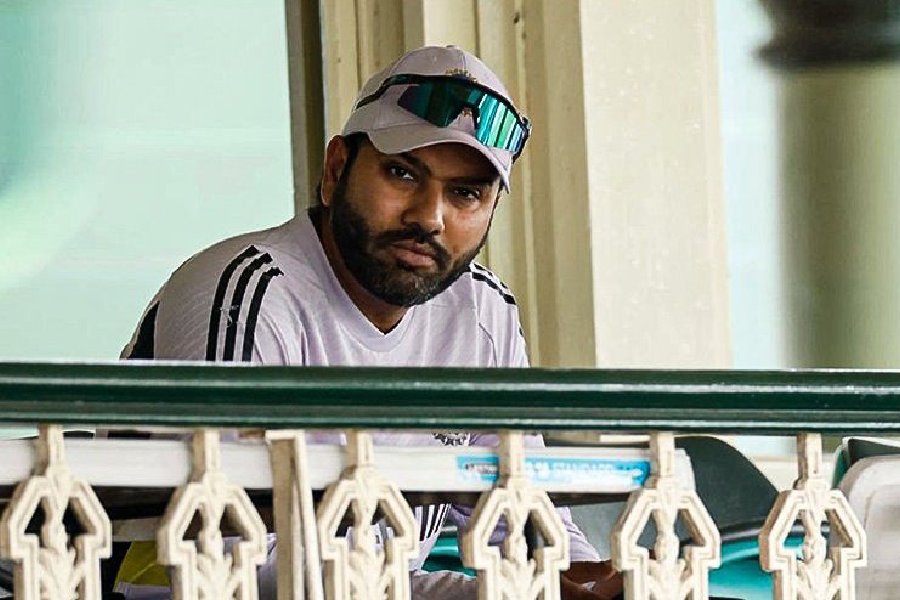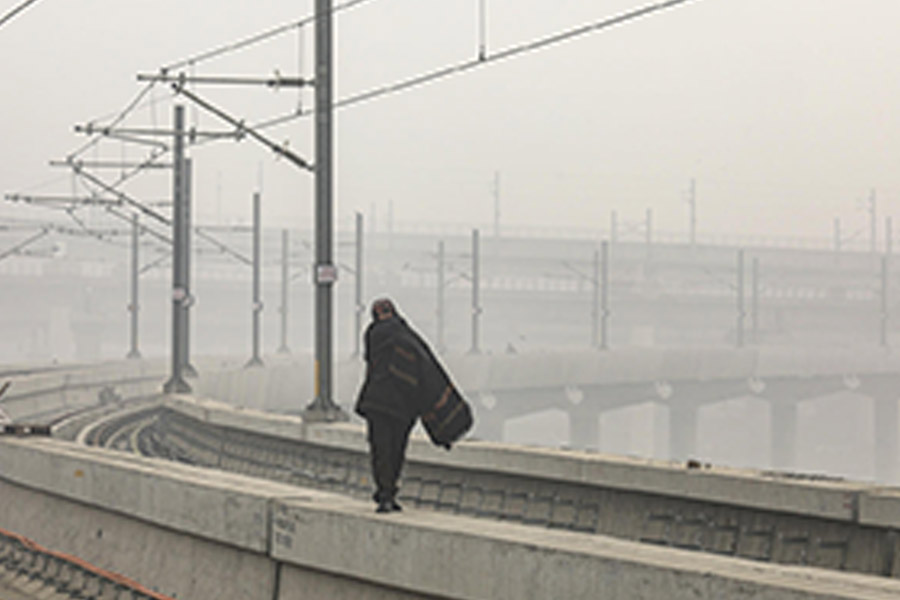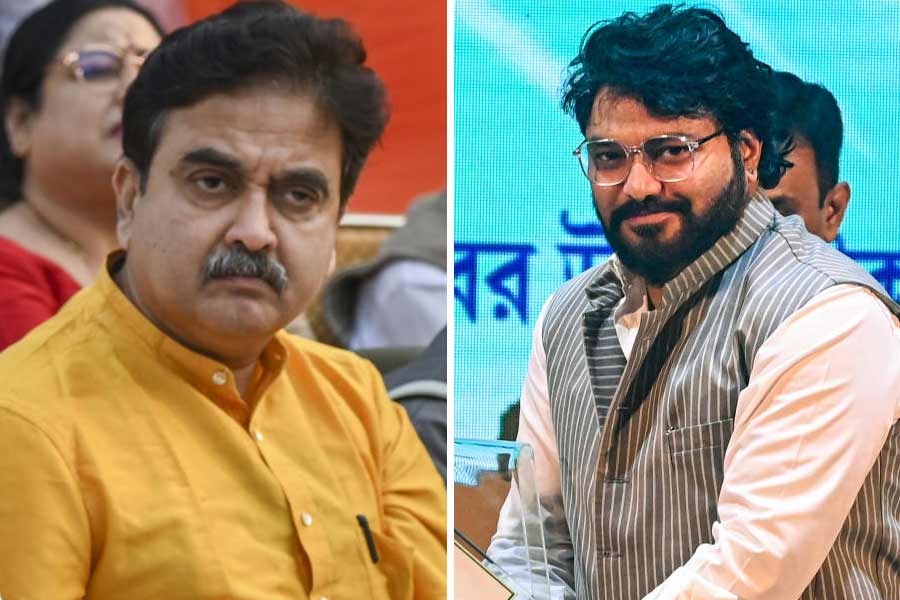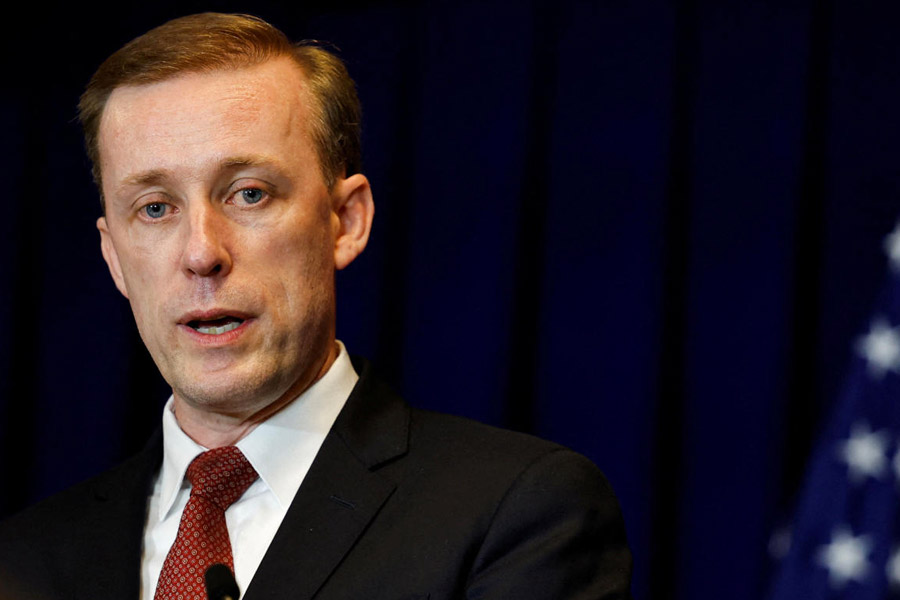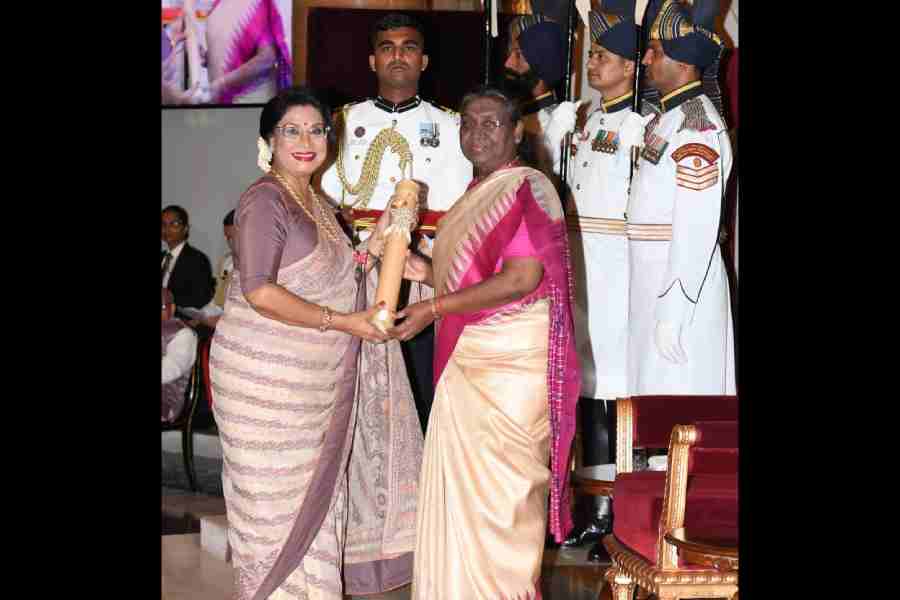The Reserve Bank of India has hiked its trend-setting lending rate to pre-pandemic levels as it struggles to tame stubbornly high inflation and shield the rupee from attack.
The central bank increased its repurchase rate, better known as the repo, by half a percentage point to 5.40 per cent on Friday.
Explaining the bank’s move, RBI governor Shaktikanta Das said he believed domestic inflation had peaked but added it was still at “unacceptably high levels” and could threaten growth.
The rate increase was at the top end of analysts’ forecasts. But Das said a 50-basis-point rise “has become the new normal (globally) and large number of central banks are now hiking by 75-to-100 basis points.” India’s repo rate is at its highest since August 2019 before Covid-19 triggered a wave of rate cuts aimed at stimulating the economy.
The ailing rupee, which had been hovering near record lows, strengthened by 0.5 per cent to 79.07 to the dollar on the back of the bank’s announcement. The currency has lost around 7 per cent against the dollar since the start of 2022 as foreign investors have headed for safer havens and the government’s trade deficit has climbed to record levels.
Third hike since May
It was the third time since May that the central bank has lifted the lending rate. The bank has raised the repo by 140 points since it began its rate-hiking cycle. “We are not done with rate hiking cycle yet and we could brace for continued northward journey in rates,” said Lakshmi Iyer, chief debt investment officer at Kotak Mahindra AMC. “Inflation seems to be at the forefront of the (bank’s) move” and there is “no dovish” message in the bank’s announcement,” Iyer added.
Analysts believe more rate hikes are in store with most expecting the repo to hit at 5.75-6.0 per cent by year end.
Inflation to stay elevated
Even if the monsoon is normal and crude oil prices average $105 a barrel for the year, Das said he expected inflation to remain “at elevated levels” of 6.7 per cent for 2022-23 – above the RBI’s six-per-cent tolerance level. Das warned that “sustained high inflation” could “harm growth in the medium term.”
June retail inflation stood at 7.01 per cent, down slightly from 7.04 per cent the previous month, following a decline in prices of crude and edible oils. While globally commodity prices have softened, there are fears in India that inflation, especially food inflation, could worsen in coming months as the monsoon rains have been patchy. Also, the softer rupee has pushed up costs of imported food, goods and machinery.
The latest rate hike comes in the wake of monetary tightening around the world led by the US Federal Reserve’s efforts to curb inflation, which is due partly to supply-chain problems and higher energy costs caused by Russia’s invasion of Ukraine and the pandemic.
'Imported inflation'
Inflation in India is “primarily due to supply issues and imported inflation,” Das said. “The Indian economy has been impacted by the global economic situation. We have been grappling with high inflation and financial markets have been volatile,” he added.
While India has been tapping its foreign exchange reserves to ensure no sharp downward moves in the rupee, the country still has the fourth-largest forex reserves worldwide, Das said.
Changes in the repo normally get reflected in the interest rates charged by commercial banks that lend to the public and businesses. Despite the rate rises that normally depress economic activity, the RBI said it was sticking with its forecast that the economy will grow by 7.2 per cent in the current financial year.
“Resilient economic activity gives the RBI space to act to contain inflation,” Das told reporters at a televised news conference. “In times of turbulence, the Indian economy is an island of stability,” he added.
The rate hikes are having an impact on borrowers. The rise in repo rate since May means that borrowers who were paying around 6.8-7 per cent interest on their loans will now be paying 8.2-8.4 per cent.
The RBI was seen as slow at the outset in raising rates to combat inflation and now economists say it is “frontloading” its rate increases.

